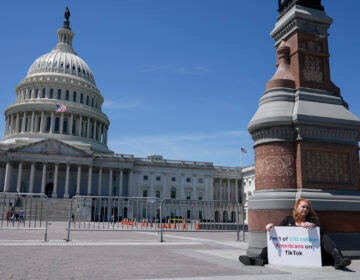The new NY Times and Philadelphia Inquirer digital pay walls: trying to make readers pay
I’ve always been a news junkie. Since moving to Delaware in 1983, I have routinely had four different newspapers tossed onto my front lawn every morning, except Sundays and holidays when I only get three because the Wall Street Journal doesn’t publish.
Once upon a time newspapers were cheap. Having grown up in Michigan, I remember when the Detroit News and Detroit Free Press each sold for 7 cents per weekday edition, and a quarter on Sundays. That’s how I got hooked.
My newspaper habit has since gotten expensive. My local paper, the Wilmington News-Journal costs me $4.35 each week. The Philadelphia Inquirer costs $6.08 per week. The NY Times now costs me $14.80 each week. I get the Wall Street Journal at the discounted rate for college educators and students which works out to around $3 per week for six issues.
I can attest that young people, even college graduates, don’t seem to buy or read newspapers anymore. On several occasions I’ve asked the students in my law school classes in Philadelphia for their reaction to some relevant story on the front page of that morning’s Philadelphia Inquirer. Blank looks.
The rising cost of newspapers, combined with the free availability of news on the internet, have created a crisis for the journalism industry. How can those consumers who actually seek out news on the internet be made to pay for it?
As they launched their digital websites, newspapers have debated and experimented to find answers. On-line advertising has been insufficient to cover costs. But on-line readers have been resistant to paying for digital news because of so many alternative free news sources. Only the Wall Street Journal has insisted from the start that readers pay for unrestricted access to its on-line edition.
Previous experiments by other newspaper websites, including the New York Times, to charge for on-line content have been abandoned as failures. But just in the past couple of weeks both the New York Times and the Philadelphia Inquirer have installed pay walls on their previously free news websites.
The New York Times seems to have followed the model set by the Wall Street Journal in still allowing free access to its home page, with limited free access to other content before requesting payment. Like the Journal, the Times prices its on-line access less expensively than its print edition, as little as $3.75 per week depending on applications, and makes it available at no additional cost to those who subscribe to the print edition regardless of how many days of print are paid for each week.
In contrast, the Philadelphia Inquirer has made even its home page inaccessible without an on-line subscription. Though the digital subscription is only $2.99 per week by itself, the Inquirer wants to charge even its print subscribers an additional fee for on-line access, which varies depending on how many days of the print edition are paid for each week. The company that owns the Inquirer continues to make some of its content available for free on the philly.com website.
Time well tell if either of these great newspapers has a viable model for charging for on-line news access. As a print subscriber, I like the NY Times model better. The continued free on-line access is arguably value added for the high print subscription cost. But I have to question how many readers are willing to pay the Philadelphia Inquirer twice for the same news, once in print and more for on-line access. Is the business plan to force readers to choose one or the other and eventually to abandon print?
WHYY is your source for fact-based, in-depth journalism and information. As a nonprofit organization, we rely on financial support from readers like you. Please give today.




